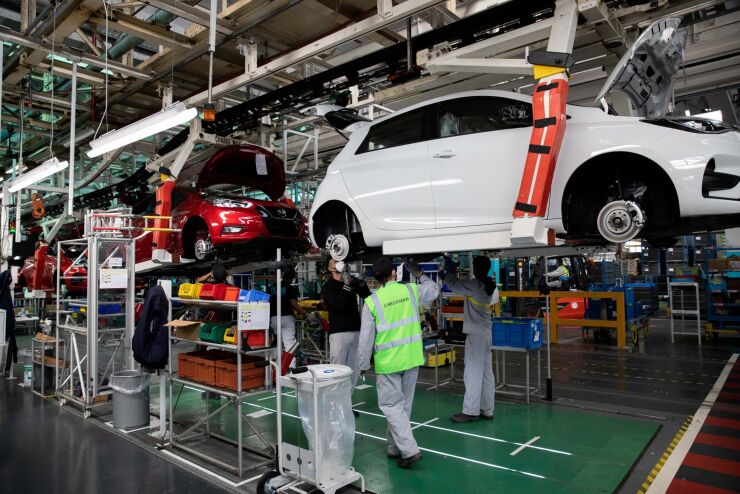Around the globe, the take-up of electric cars is expected to accelerate rapidly in future, driven by consumer demand and government policies aimed at tackling climate change. The future of mobility is clearly electric, but the transition will lead to a fundamental change in risk for manufacturers, suppliers and insurers alike and will have a significant impact on automotive product liability insurance.
A new publication by Allianz Global Corporate & Specialty (AGCS) The Electric Vehicles R-EV-olution: Future Risk and Insurance Implications highlights that the use of electric cars is expected to soar in future as their cost gradually declines, the choice of available new models likely doubles within five years, their driving range increases and consumers, as well as governments, demand greener low-emission vehicles. The

New risk exposures
While the coronavirus crisis may dampen the outlook for global electric car sales for 2020 and beyond, the anticipated long-term growth also brings a range of technical and operational risks, both from a product liability perspective and in other areas:
Safety and reliability: Tests conducted by the
Battery life and performance are critical issues for electric cars. Given the high cost of replacement or repair of battery units, a failure to live up to performance guarantees will pose questions around liability for manufacturers and suppliers.
Fire threat: As with conventional vehicles, defective electrical components and short circuits can spark a fire, while lithium-ion batteries may combust when damaged, overcharged or subjected to high temperatures. High voltage battery fires can be very intense and difficult to extinguish, and can also release high levels of toxic gases – such fires can take 24 hours or longer to control and be made safe. Due to the relative rarity of such fires to date, response and rescue services have limited experience of dealing with such incidents.
Environmental issues: Despite their green credentials, environmental issues can represent a potential liability and reputational risk for vehicle manufacturers and suppliers. A rapid uptake in electric cars will require manufacturers to source sustainable supplies of critical components and raw materials as they ramp up production. For example, battery technology will drive a huge increase in demand for
Speed to market and potential defects and recalls: Manufacturers are under pressure to accelerate the transition to electric mobility. The combination of new technology, short development cycles and new 3D/4D printing in production could result in an increase in defects and quality issues, triggering product recalls for the automotive industry –
Cyber concerns: Electric cars are likely to have increased connectivity and reliance on data, sensors and software, including artificial intelligence, to manage vehicle systems and aid driving. As with conventional vehicles, increased connectivity is likely to give rise to cyber vulnerabilities, including the threat of malicious attacks, system outages, bugs and glitches. There have already been product recalls in the automotive sector as a result of cyber security.
Insurance implications and claims complexity
Electric mobility will have many implications for insurance – in particular automotive product liability insurance – and claims, as technology creates new risks and exposures, and as liability shifts within the supply chain.
Electric vehicles will consist of fewer but more integrated parts and components. What may have been three parts in a conventional car could be only one part in an electric car. However, the lower number of parts is increasingly connected through sensors and embedded software, adding a new layer of complexity and raising questions around how these parts interact and which producer or supplier is liable for a potential defect or faulty control. The increased complexity of the automotive supply chain and the reliance on software and technology producers will lead to new exposures and split liabilities in the value chain.
Fire and explosion risks associated with high voltage batteries could give rise to claims for commercial property insurers, in particular if multiple cars are charged in underground car parks. Claim scenarios are manifold – ranging from overheated battery leads resulting in fires and property damage to breakdown, leading to fire, as a result of electronic failure of the battery management system.
Insurers may also expect to see a potential increase in product recall/liability claims from new technologies, components, faster development times and shorter testing periods. Last, but not least, there will be employers’ liability exposures – such as potential toxic fumes and fire risks during 3D printing or the handling of lithium batteries related to fire and contamination.





